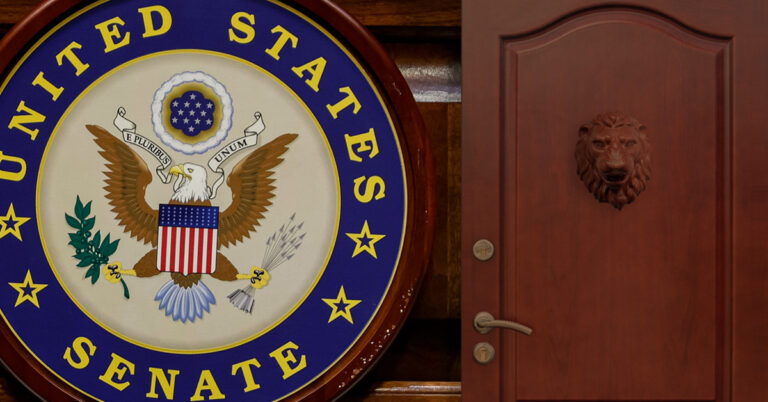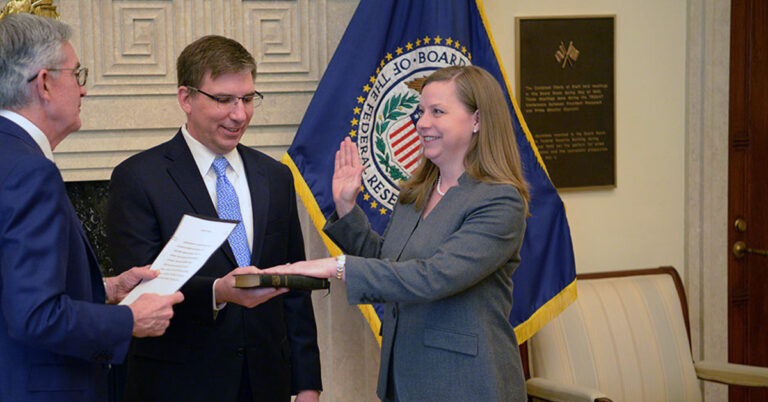Remember the early days of the COVID-19 pandemic, when the prevalence of remote work and a residential exodus away from downtown areas were causing office real estate observers to speculate?
The days of core business district headquarters were numbered, some said. The hub-and-spoke model is the future of the sector, others posited.
Fast forward two years later, and while the pandemic isn’t quite in the rearview mirror, it’s clear that the segment’s emphasis hasn’t quite strayed from the central office just yet, according to JLL.
While the work-from-home model has remained viable for many employers and others have embraced a more hybrid routine, work patterns evolved differently from how many had initially envisioned. Part of this shift has developed because employers have looked for new ways to entice their workers back into the office, and a big part of that has been embracing the collaborative work experience as an on-site perk.
“Clients are asking how to get employees in the office, and part of the answer is through creating a can’t-miss experience, whether that’s through requiring a critical mass of people, investing in technology or creating connectivity that creates a FOMO (fear of missing out) experience,” said Christian Beaudoin, JLL’s research and strategy director.
“The reason to come to the office has evolved,” he added. “Offices need to be central places to collaborate and connect with co-workers, which is what employees are looking for most right now.”
As such, many places have put the hub before the spoke, as JLL put it, investing big in their main offices to make their employees’ commutes worthwhile, rather than bringing satellite offices closer to workers’ homes. Google, for example, created “campfire” conference rooms to improve the meeting experience, with a rotating camera in the center surrounded by large monitors and comfortable seats to create a more personal feel, like sitting around a campfire.
“Remote working is a lot like online dating,” Beaudoin said. “You can do most of it swiping, but eventually, you want to meet in person.”
JLL noted that while the hub-and-spoke model hasn’t caught fire like some had anticipated, it remains a viable option. Costs have been an obstacle, as have difficulties with making sure that offices aren’t competing against each other for resources such as technology. But in some areas, satellite offices remain sensible for simple reasons like geography.
“Companies headquartered in large metro areas like New York City could benefit from satellite offices because they tend to have clusters of employees that live in Connecticut, Upstate (New York) or New Jersey,” Beaudoin says. “The same can be said for the Bay Area.”
In some cases, he added, smaller metros like Dallas-Fort Worth also could succeed by having satellite offices in suburbs such as Plano or Frisco.
“The war for talent also plays into the conversation as executives are now asking how to access the best labor pool,” Beaudoin says. “Labor analytics can help determine the best location within a metro area, and if a central hub or smaller regional offices make the most sense.”








